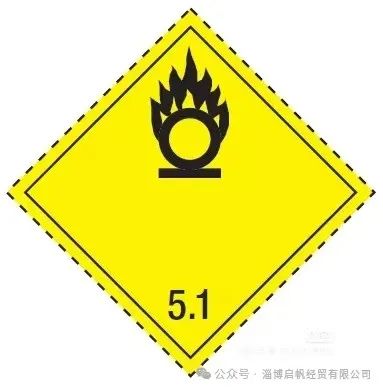Sodium nitrite

Product Introduction:
Sodium Nitrite is an inorganic compound formed by the ionization and formation of nitrite ions and sodium salts. Its chemical formula is NaNO2 and it is a white crystalline powder that is easily hygroscopic and soluble in water and liquid ammonia. Its aqueous solution is alkaline with a pH of about 9 and slightly soluble in organic solvents such as ethanol, methanol, and ether. Sodium nitrite reacts with oxygen to produce sodium nitrate when exposed to air. If heated above 320 ℃, it decomposes and produces oxygen, nitrogen oxides, and sodium oxide. It is mainly used in the production of azo dyes, and can also be used as a mordant, bleach, and metal heat treatment agent for fabric dyeing. Sodium nitrite is toxic, and foods containing industrial salts are highly harmful to human health and carcinogenic.

chemical property:
It belongs to strong oxidizing agents and has reducing properties. It will gradually oxidize in air, and the surface will turn into sodium nitrate, which can also be oxidized by oxidizing agents; When encountering weak acids, it decomposes and releases brown nitrogen dioxide gas; Contact with organic matter and reducing agents can cause explosion or combustion, and release toxic and irritating nitrogen oxide gas; It can also be oxidized by strong oxidants, especially ammonium salts, such as ammonium nitrate, ammonium persulfate, etc., which can interact with each other at room temperature to produce high heat and cause combustion of combustibles.

Product use:
1. Used as a general analytical reagent, oxidant, and diazotization reagent, as well as for the synthesis of nitrite and nitroso compounds, and as a food additive (toxic, limited use). 2. Used as a mordant, bleaching agent, metal heat treatment agent, electroplating corrosion inhibitor, and in medicine as an instrument disinfectant, preservative, etc. 3. Used for the production of ice dyeing dyes, sulfide dyes, direct dyes, acid dyes, dispersed dyes, alkaline dyes, dyeing aids, and H pore forming agents. It is also used in the production of intermediates such as aminoazobenzene and para aminophenol. It is also used in the production of organic pigments, such as silver bead R, bright red, big red, candle red, toluene amine purple red, crimson lake, Lissol red, purple sauce lake CK, etc. The pharmaceutical industry is used to manufacture pyrimethamine, aminopyridine, etc. Used for producing vanillin. Used for bleaching silk and linen. A mordant used for fabric dyeing. It is also used as a corrosion inhibitor for metal heat treatment and electroplating. Used for cutting oil, lubricating oil, antifreeze fluid, and hydraulic systems. 4. Used as a coloring agent in meat processing, it can be used for canned meat and meat products. It has a certain effect on inhibiting the proliferation of microorganisms in meat products (with a special inhibitory effect on Clostridium botulinum), and can enhance the flavor of cured meat. 5. It is used as one of the terminators of butadiene and styrene lotion copolymerization. It is also used as a mordant for fabric dyeing, bleaching agent for silk and linen, metal heat treatment agent, electroplating corrosion inhibitor, vasodilator and chemical analysis reagent in medicine, and raw material for manufacturing potassium nitrite, nitro compounds, azo dyes, etc. 6. Detoxification drugs. The detoxification process for treating cyanide poisoning is the same as methylene blue, but its effect is stronger than methylene blue.
At present, the market for sodium nitrite is relatively stable and the price is suitable. If you have any purchasing needs for sodium nitrite, please feel free to contact us!
This Article Records 1 Page


